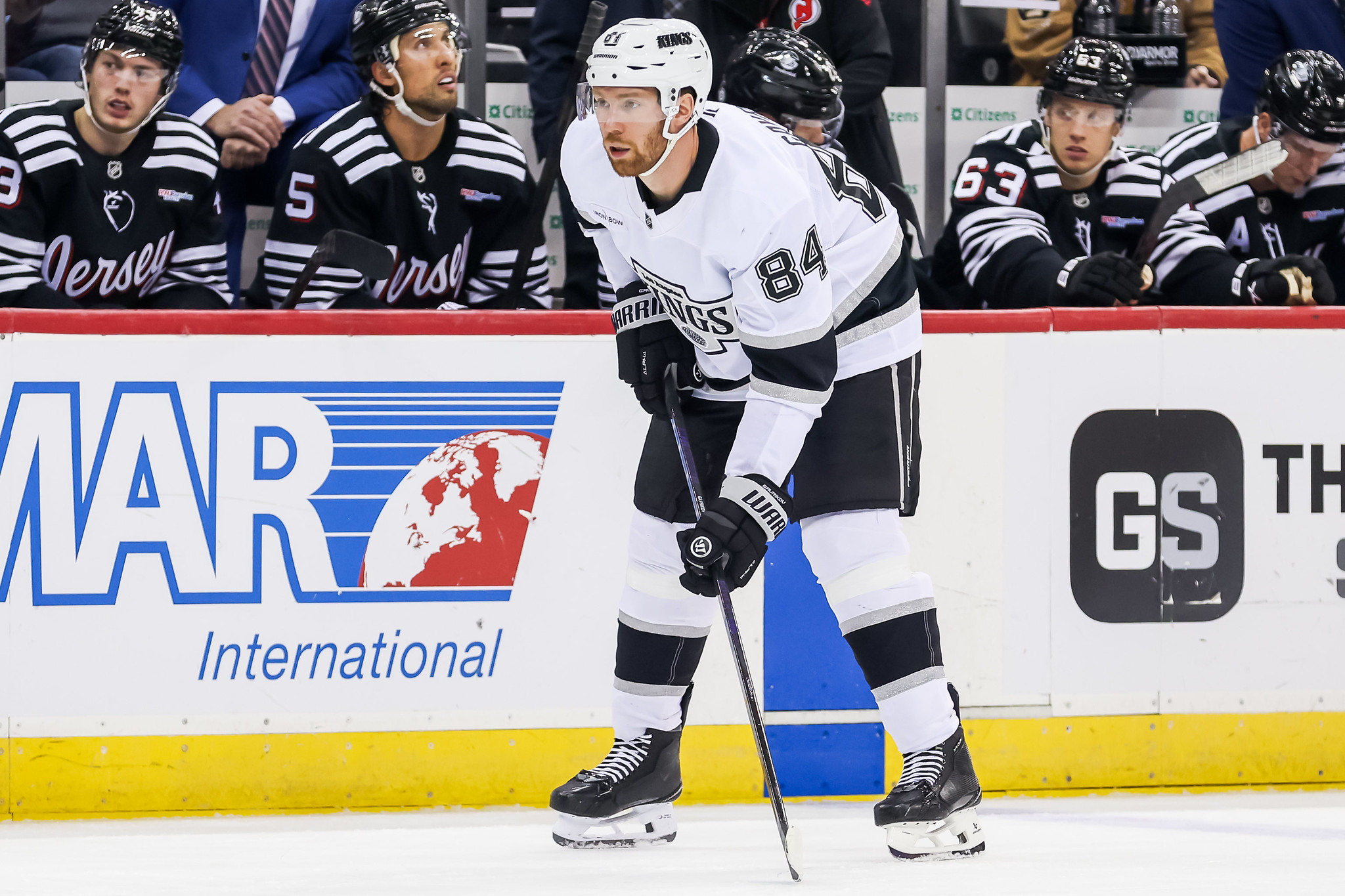

The New York Rangers' defensive issues have been a recurring theme, hindering their progress in recent years. While the team has shown flashes of brilliance, poor defensive play has consistently undermined their Stanley Cup aspirations. Addressing this weakness is crucial for the Rangers to take the next step and become a true contender. However, a comprehensive solution may not be fully realized until the 2026 trade deadline.
Several factors contribute to this timeline. Firstly, the current market for impactful defensemen is weak. This offseason, the available options on the blue line are limited, making it difficult for General Manager Chris Drury to find a player who can immediately transform the Rangers' defense. Instead of forcing a move and potentially overpaying for a marginal upgrade, a more prudent approach might be to wait for a more favorable market to develop.
Secondly, the Rangers have specific needs on the left side of their defense. With Adam Fox and Will Borgen secured on the right side and Braden Schneider also in the mix, the focus should be on acquiring a top-pairing left-handed defenseman. While names like Bowen Byram and Vladislav Gavrikov have been mentioned as potential targets, the Rangers must also consider how these players fit into their long-term plans and whether they represent a significant upgrade over the existing options.
Thirdly, the development of current defensive prospects within the Rangers' system needs to be factored in. While the prospect pool on the blue line is not as deep as it once was, there are still players with the potential to contribute in the coming years. E.J. Emery, Drew Fortescue, and Jackson Dorrington are among the prospects who could develop into NHL-caliber defensemen. Giving these players time to mature and potentially earn a roster spot could provide a cost-effective solution to the Rangers' defensive woes.
Furthermore, the Rangers' overall team strategy and coaching philosophy play a significant role in their defensive performance. The implementation of Peter Laviolette's system has shown some promise, with the team focusing on tighter play in the neutral zone and more active defensemen in the offensive zone. This system requires time for players to fully adapt and execute effectively. If Laviolette is not retained, a new coach could bring a different system, requiring even more time for adjustment.
The 2025 NHL Draft presents an opportunity to add defensive talent to the organization. Prospects like Kashawn Aitcheson, Radim Mrtka, and Jackson Smith could be potential targets for the Rangers. However, relying solely on draft picks to solve immediate defensive issues is risky, as these players typically require several years of development before they are ready to make a significant impact at the NHL level.
Ultimately, the Rangers' defensive situation is a complex puzzle with multiple pieces that need to fall into place. While short-term fixes can be pursued, a complete and lasting solution may require patience and strategic planning. By waiting until the 2026 trade deadline, the Rangers can assess their internal development, monitor the trade market for better opportunities, and make a more informed decision on how to address their defensive needs. This approach may not provide immediate gratification, but it could ultimately lead to a more sustainable and successful outcome.